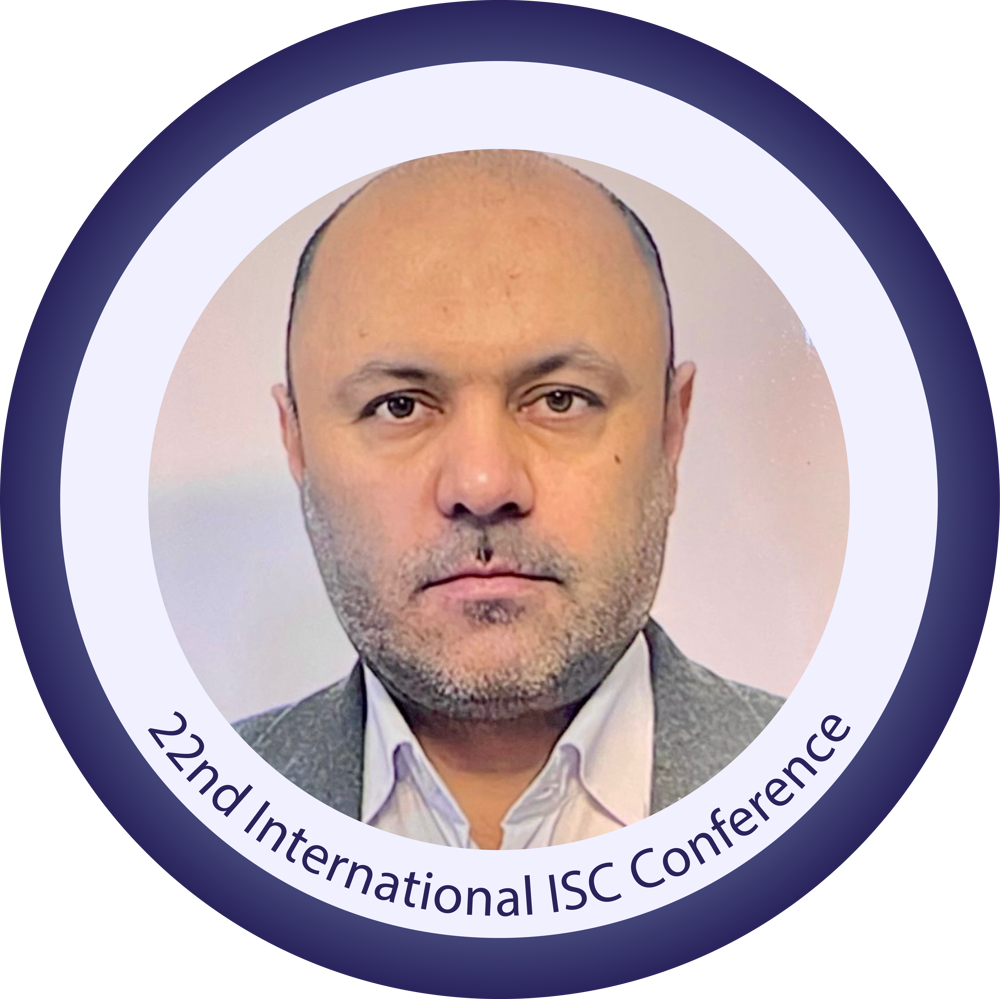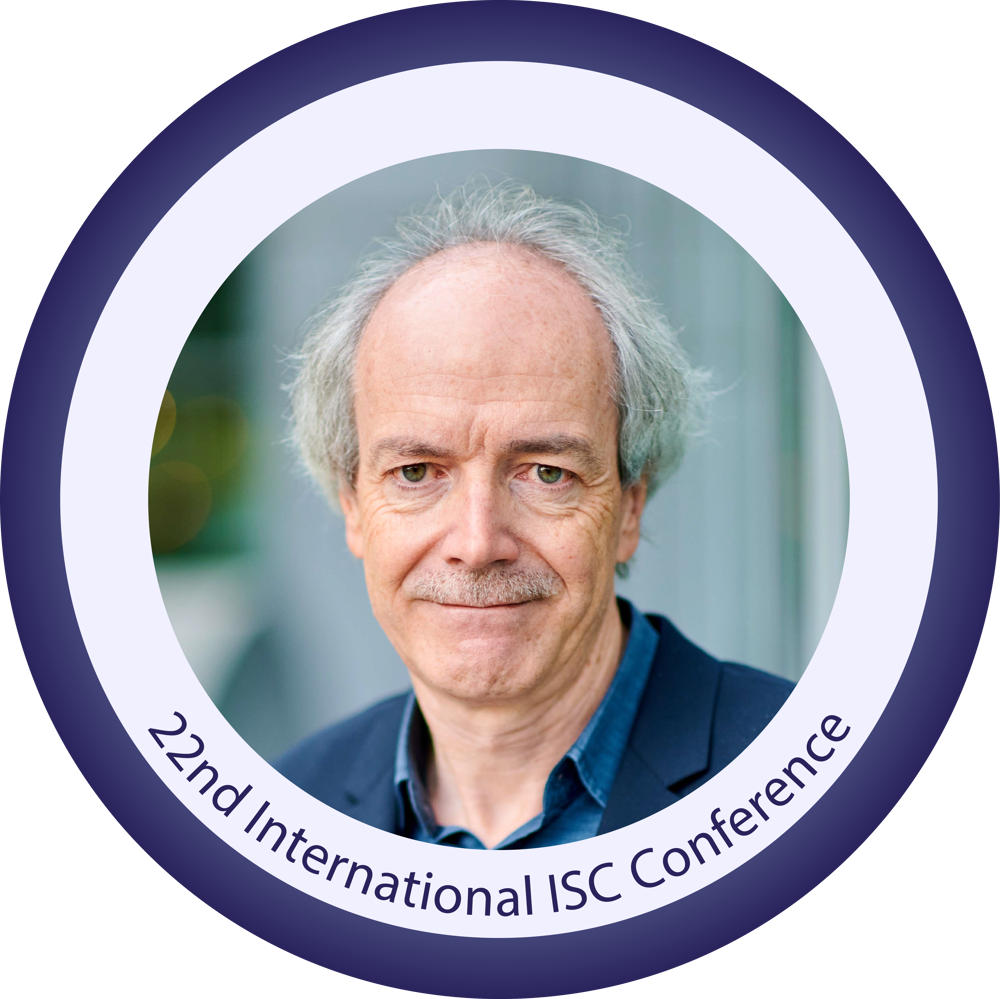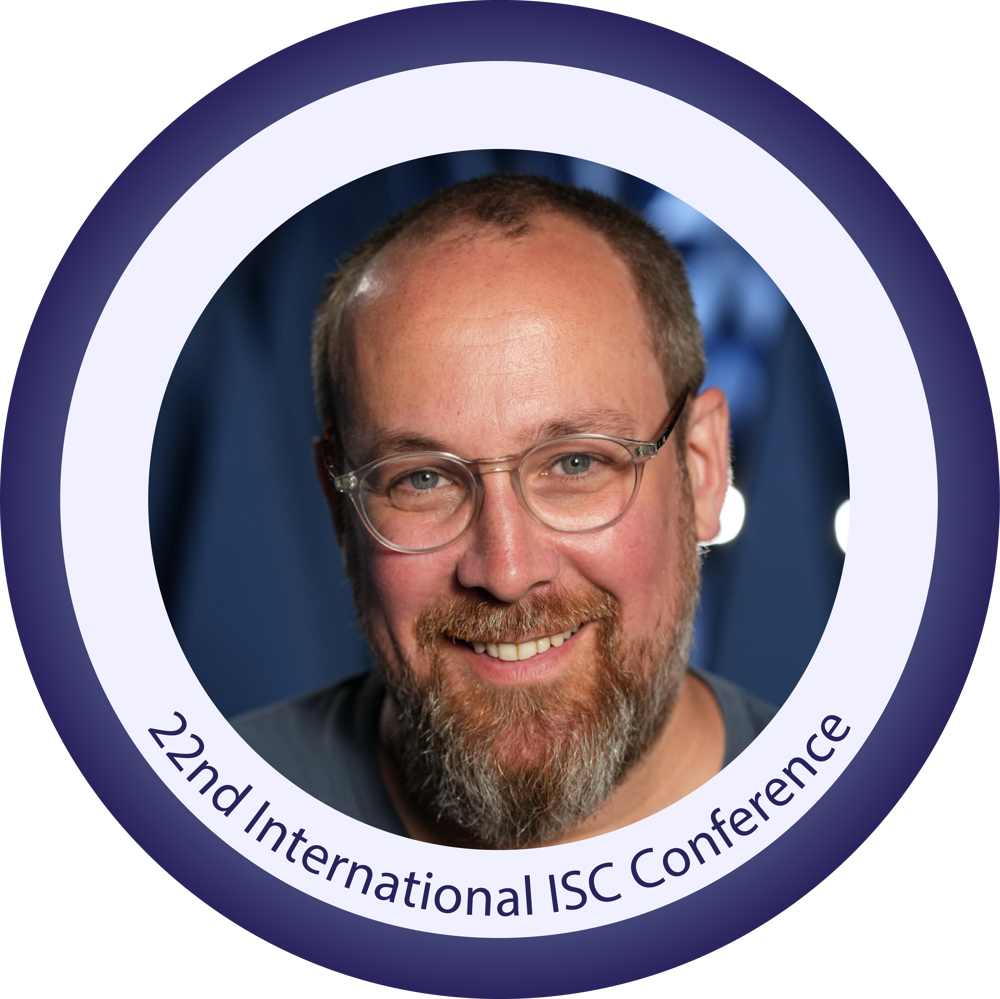

۱۳ مهر ۱۴۰۴ (تمدیدشده)
۱۶ و ۱۷ مهر ۱۴۰۴ (برگزارشده)
۱۴ و ۱۵ مهر ۱۴۰۴ (برگزارشده)
۱۰ تیر ۱۴۰۴ (مهلت اولیه)
۳۱ تیر ۱۴۰۴ (تمدیدشده)
۶ مرداد ۱۴۰۴ (تمدیدشده)
۱ شهریور ۱۴۰۴ (مهلت اولیه)
۱۱ شهریور ۱۴۰۴ (اعلامشده)
۱ بهمن ۱۴۰۳ (مهلت اولیه)
۱۵ بهمن ۱۴۰۳ (تمدیدشده)
۱۵ اسفند ۱۴۰۳ (اعلامشده)
|
عباس حسینی مدیرعامل و رئیس هیات مدیره شرکت نرمافزاری امنپرداز |
عنوان سخنرانی: احداث مرزهای سایبری؛ گذر از دفاع پراکنده به دفاع متمرکز تهدیدات چکیده: برای قرنها، امنیت یک ملت با مرزهای فیزیکی آن تعریف میشد: کوهها، دریاها، دیوارها و میدانهای نبرد. اما امروز، میدان نبرد جدیدی شکل گرفته است؛ میدانی بدون مرز، نامرئی و در حال گسترش: فضای سایبری. در این فضا، دشمنان میتوانند در آن سوی کره زمین نشسته باشند و زیرساختهای حیاتی کشور را هدف بگیرند. سؤال اینجاست: آیا ما در این فضای بیمرز، نیاز به تعریف مرزهای جدید داریم؟ در این سخنرانی، در مورد این ایده صحبت خواهیم کرد: احداث مرز سایبری ملی، ضرورت، چگونگی و اقداماتی عملی برای دفاع در برابر تهدیدات نوین. بیوگرافی: عباس حسینی، مدیرعامل و رئیس هیات مدیره شرکت نرمافزاری امنپرداز از سال ۱۳۸۳ فعال در حوزه امنیت سایبری و سازنده محصول آنتیویروس پادویش |
|
Bart Preneel University of Leuven, Belgium
|
این سخنرانی به صورت مجازی ارائه خواهد شد و برای شرکتکنندگان حضوری در تالار اصلی از طریق ویدئوکنفرانس پخش میشود. عنوان سخنرانی: Cybersecurity and AI: A Symbiotic Relationship?
In today's digital economy, where data breaches plague industry and government alike, the fusion of Cybersecurity and Artificial Intelligence (AI) has emerged as a potent defense strategy. This talk explores the relationship between AI and cybersecurity, covering both its promises and perils. AI has revolutionized cybersecurity, enabling advanced capabilities such as the detection of malware, vulnerabilities and fraud. Yet, as AI empowers defenders, it also strengthens attackers. The dark side of AI reveals a landscape where malicious actors harness AI for spear phishing, automated cyberattacks, misinformation, and deepfakes. Moreover, AI itself becomes a target, as shown by adversarial machine learning and model poisoning attacks. Finally, there are concerns about AI creating a dystopia. The talk further explores technologies such as attribution (watermarking) and computing on encrypted data that can play a role in mitigating some of these risks. Overall, there is a need for a multidisciplinary approach encompassing technology, regulation, and ethics to effectively address the challenges presented by the intricate relationship between AI, cybersecurity and privacy.
Prof. Bart Preneel, a full professor at KU Leuven, leads the renowned COSIC research group. His expertise lies in applied cryptography, cybersecurity, and privacy. Prof. Preneel has delivered over 150 invited talks across 50 countries and received prestigious awards such as the RSA Award for Excellence in Mathematics (2014), the ESORICS Outstanding Research Award (2017) and Belgian ICT Personality of the Year (2025). He served as president of IACR (International Association for Cryptologic Research) and is also a fellow of the IACR. In 2024 he was elected member of the Royal Academy of Art and Sciences Belgium and he received the title of honorary professor at Shandong University. He frequently consults for industry and government about cybersecurity and privacy technologies and he has testified multiple times for the Belgian and European Parliaments. Prof. Preneel founded the mobile authentication startup nextAuth and holds roles in Approach Belgium, Tioga Capital Partners, and Nym Technologies. Actively engaged in cybersecurity policy, he has contributed to ENISA as an Advisory Group member from 2012 to 2025. |
|
Peter Schwabe Radboud University
|
این سخنرانی به صورت مجازی ارائه خواهد شد و برای شرکتکنندگان حضوری در تالار اصلی از طریق ویدئوکنفرانس پخش میشود. عنوان سخنرانی: The migration to post-quantum cryptography
چکیده: With the first batch of NIST PQC standards published in 2024, the migration of our cryptographic infrastructure to post-quantum schemes has received a massive boost. We all already use post-quantum cryptography every day, typically without even noticing that we do. In my talk I will look back at how we got where we are now in terms of PQC deployment, what to expect in the near future, and what challenges are still to be tackled to migrate all systems in time before a large-scale quantum computer breaks factoring-based and discrete-log-based asymmetric cryptography.
بیوگرافی: Peter Schwabe is scientific director at MPI-SP and professor at Radboud University. He graduated from RWTH Aachen University in computer science in 2006 and received a Ph.D. from the Faculty of Mathematics and Computer Science of Eindhoven University of Technology in 2011. He then worked as a postdoctoral researcher at the Institute for Information Science and the Research Center for Information Technology Innovation of Academia Sinica, Taiwan and at National Taiwan University. His research area is cryptographic engineering; in particular the security and performance of cryptographic software. He published more than 80 articles in journals and at international conferences presenting, for example, fast software for a variety of cryptographic primitives including AES, hash functions, elliptic-curve cryptography, and cryptographic pairings. He has also published articles on fast cryptanalysis, in particular attacks on the discrete-logarithm problem. In recent years he has focused in particular on post-quantum cryptography. He co-authored the "NewHope" and "NTRU-HRSS" lattice-based key-encapsulation schemes which were used in post-quantum TLS experiments by Google and he is co-submitter of seven proposals to the NIST post-quantum crypto project, all of which made it to the second round, five of which made it to the third round, and 3 of which were selected after round 3 for standardization. In 2021, he co-founded the Formosa-Crypto project, an effort by multiple research groups to build (post-quantum) cryptographic software with formal proofs of functional correctness and security. |





































